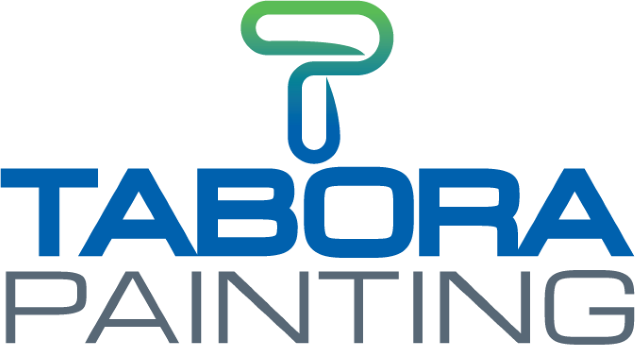You love the color of your beautifully painted bathroom—but now the paint is starting to peel. What’s causing this? Peeling paint is a common problem in bathrooms, and several factors could be to blame. Let’s explore the most common reasons behind peeling paint and how you can fix the issue—or better yet, prevent it from happening again.
Reasons Why Paint Peels in Bathrooms
- High Humidity and Steam
Bathrooms generate a lot of moisture from showers and baths. If the paint can’t handle the humidity or if the room isn’t well-ventilated, steam can seep under the paint and cause it to bubble and peel
- Improper Surface Prep
If the wall wasn’t cleaned, dried, or primed properly before painting, the paint might not have adhered well. Dirt, soap scum, or mildew left behind can weaken the bond between the paint and the surface.
- Using the Wrong Type of Paint
Flat or matte paints, or paints not designed for high-moisture areas, don’t hold up well in bathrooms. You need a moisture-resistant paint, usually labeled for bathrooms or kitchens, typically in a semi-gloss or satin finish.
- No Primer or Wrong Primer
If a proper primer wasn’t used—especially over drywall or previously painted surfaces—the topcoat might not stick well, making it prone to peeling.
- Water Leaks
Leaks from plumbing behind the walls or ceiling can cause dampness that leads to peeling paint.
How to Paint Your Bathroom to Prevent Peeling
If your bathroom paint is peeling, the best fix is to repaint it—this time using the proper preparation steps to ensure longer-lasting results.
- Choose the Right Paint
- Use moisture-resistant paint: Look for paint labeled “bathroom” or “kitchen & bath.” These are usually semi-gloss or satin finishes, which resist water better than flat paints.
- Mildew-resistant formulas are best for humid areas.
- Prep the Surface Properly
- Remove old peeling paint with a scraper.
- Sand the walls to smooth rough spots and help the new paint stick.
- Clean thoroughly: Wash walls with warm soapy water or TSP to remove dirt, oils, and soap scum.
- Kill any mildew: Use a mixture of 1 part bleach to 3 parts water if you see mold or mildew. Rinse and let dry.
- Dry Everything
- Let the walls dry completely before painting. Painting over damp walls traps moisture and leads to future peeling.
- Prime the Surface
- Use a mold- and mildew-resistant primer—especially on bare drywall, patched areas, or stained surfaces.
- Priming improves adhesion and seals the surface against moisture.
- Apply Paint Correctly
- Apply 2 thin, even coats of paint using a brush or roller.
- Allow full drying time between coats (check the can for guidance).
- Avoid painting on humid days—paint when ventilation is good and humidity is low.
- Ventilate the Bathroom After Painting
- Run the exhaust fan during and after showers.
- Consider installing a stronger fan if humidity builds up.
- Crack a window or door when possible to let moisture escape.
Call on the Pros at Tabora Painting
We get it. Painting isn’t everyone’s cup of tea! We would be happy to give you a free estimate on painting your bathroom. We’ll ensure a peeling paint problem is fixed or that it never starts in the first place. Call us today!
Free Consultation
Ready to transform your home or business with a fresh coat of expertly applied paint? Contact Tabora Painting today for a free consultation. Let our experienced team bring color and life to your spaces, tailored to your unique vision and needs.
